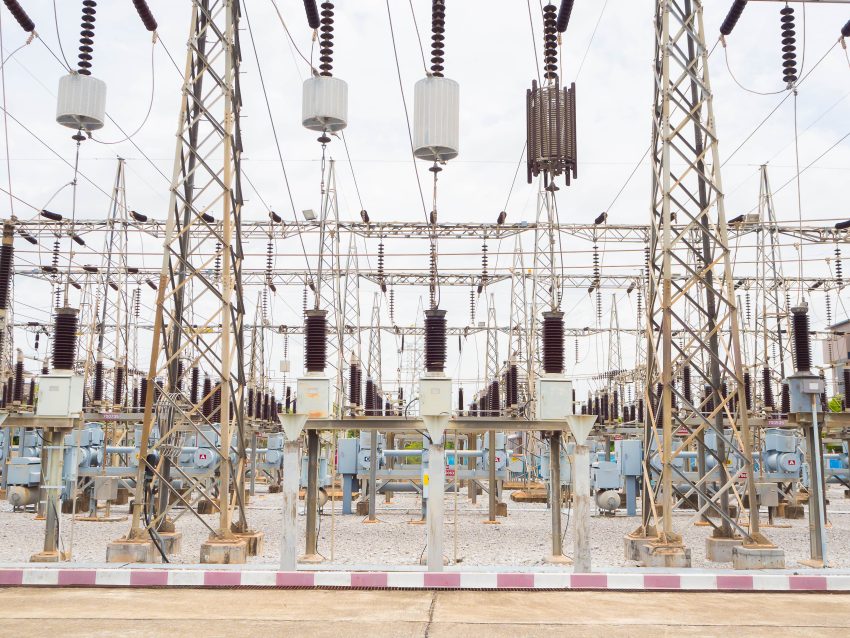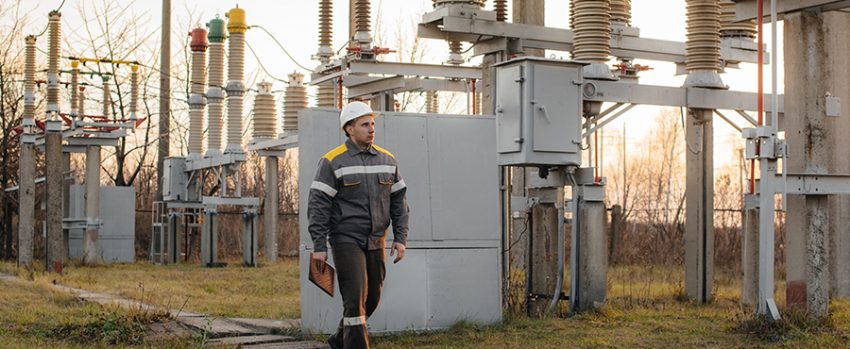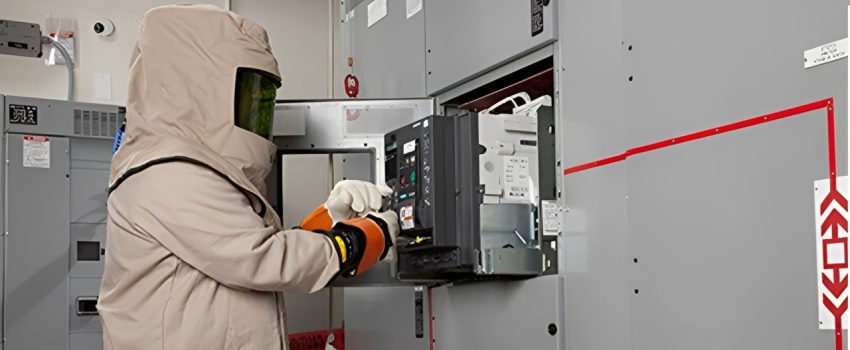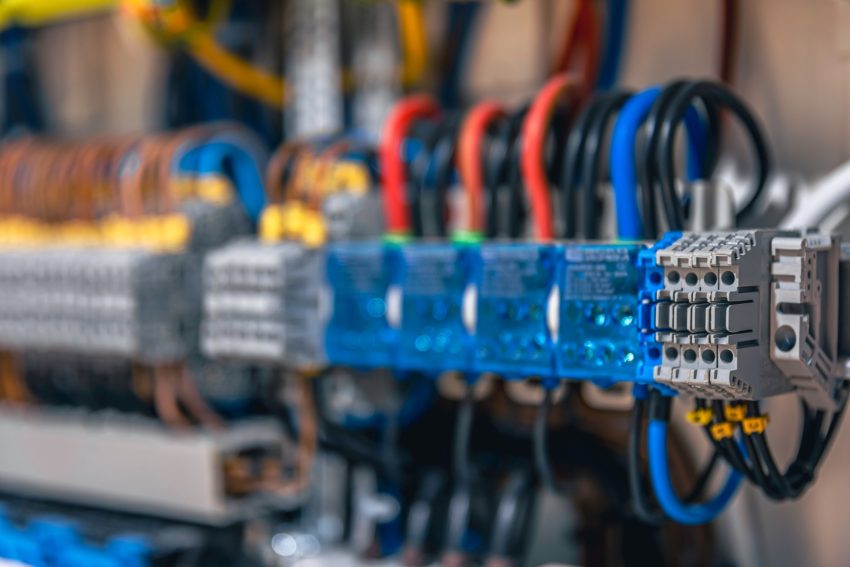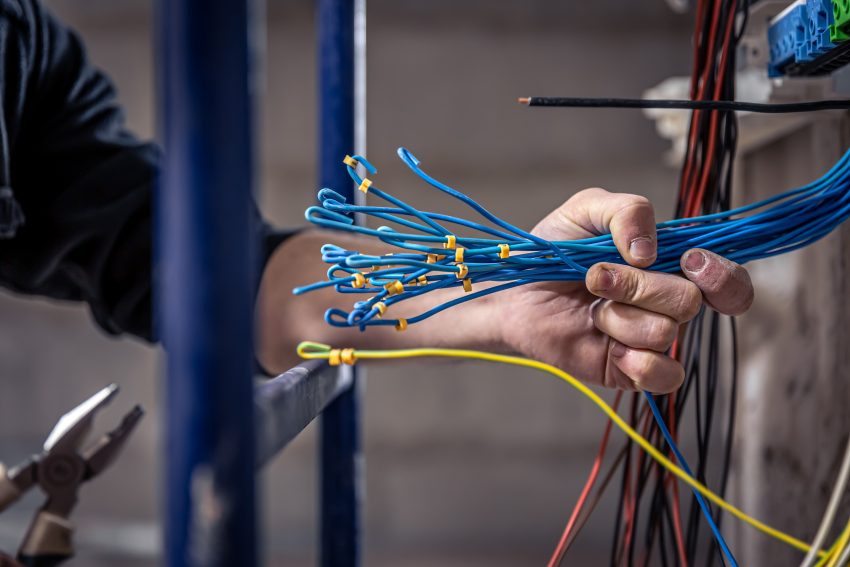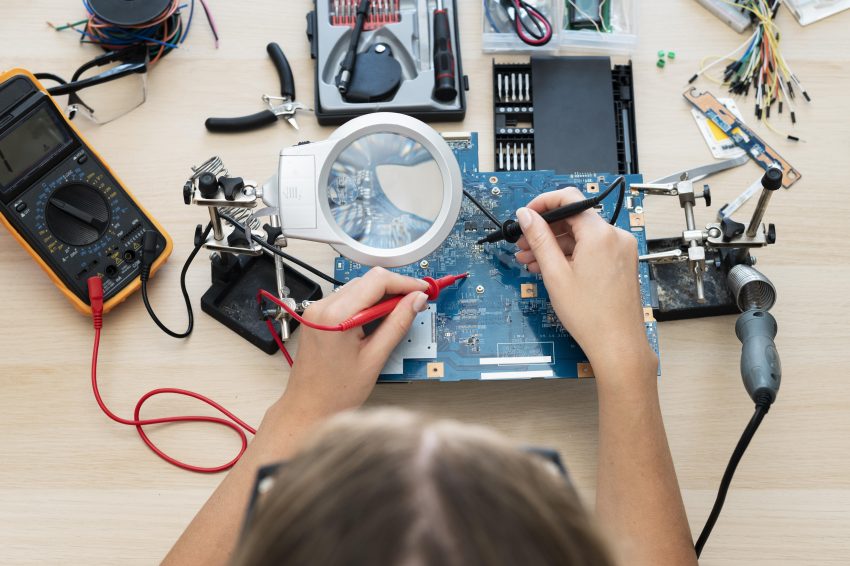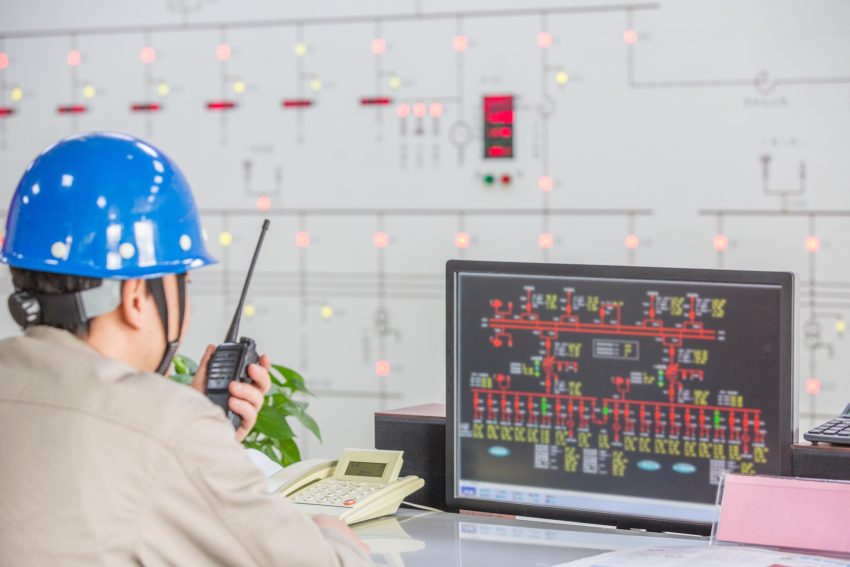Short circuit analysis is an essential process in electrical engineering that ensures the safety, reliability, and performance of power systems. It helps identify potential faults, calculate fault currents, and guide the selection of protective devices. However, errors during the analysis can lead to inaccurate results, posing serious risks to both equipment and personnel. Here are some…
Substation Design for Smart Grids: Intelligent Power Distribution
Electricity is changing rapidly in the manner it is being handled. The power systems are also getting more responsive, efficient and better connected with the increase in the number of smart grids. The point of this change is the substation design, which is one of the main aspects of maintaining the modern energy demands. The…
Essentials of Power Distribution Engineering Design for Modern Infrastructure
As modern infrastructure continues to evolve with growing demand for smart, sustainable, and efficient energy systems, the role of power distribution engineering design becomes more critical than ever. Whether it’s a residential community, commercial complex, or industrial facility, a well-executed power distribution design ensures reliability, safety, and long-term scalability. Engineers must consider multiple factors—from load forecasting…
Arc Flash Study: Top Mistakes Companies Make
Arcing flash accidents are threatening and they cause severe accidents, equipment damages and sometimes death. However, the majority of businesses ignore the important safety measures. Arc Flash Study is not a regulatory procedure: it is an effective protective measure against accidents with hazardous electrical systems involving employees doing work in this sphere. It assists in…
Fundamentals of Industrial Electrical Network Engineering Design
It is not just that simple to connect wires to create an Industrial Electrical Network Engineering Design. It refers to the development of a stable, secure and effective infrastructure that will accommodate complex needs of industrial activities. These networks are required to sustain heavy machines, automation and other important processes with minimal downtimes and maximum…
Top Factors Affecting Cable Ampacity in Residential and Commercial Installations
When designing or upgrading an electrical system, one of the most critical considerations is cable ampacity — the maximum amount of current a cable can safely carry without overheating. Ensuring that wires and cables can handle the electrical load is essential not only for system efficiency but also for preventing hazards such as fires and equipment…
Short Circuit Analysis: Key Concepts and Terminology
Short circuit analysis is a fundamental process in electrical engineering which is particularly useful in determining the safety and stability of an electrical power system in a fault. It is crucial in planning and operation of industrial and utility power system. By conducting short circuit analysis, engineers are able to correct placement and rating of…
Arc Flash Study vs. Short Circuit Study: What’s the Difference?
Electrical safety in industrial and commercial settings is critical not only for protecting personnel but also for ensuring uninterrupted operations. Two of the most essential engineering analyses used to evaluate electrical systems are the arc flash study and the short circuit study. Though often mentioned together, they serve different purposes, use different methods, and provide different…
Introduction to Protection Relay Coordination Study
Making sure that electrical equipment is secured and system reliability is high is very important in today’s power systems. Coordinating the protection relays is one of the best ways to accomplish this goal. Using this method, it’s possible to guarantee that protective devices respond swiftly and appropriately when there are issues or faults in the…
The Role of Short Circuit Analysis in Power System Design
It is necessary to look at short circuits during power system design to see how the network reacts to abrupt increases in electricity. With the gathered information, engineers opt for the right amount of equipment, place protection and carefully handle and isolate the area with faults. This way, you reduce the risks of broken equipment,…


